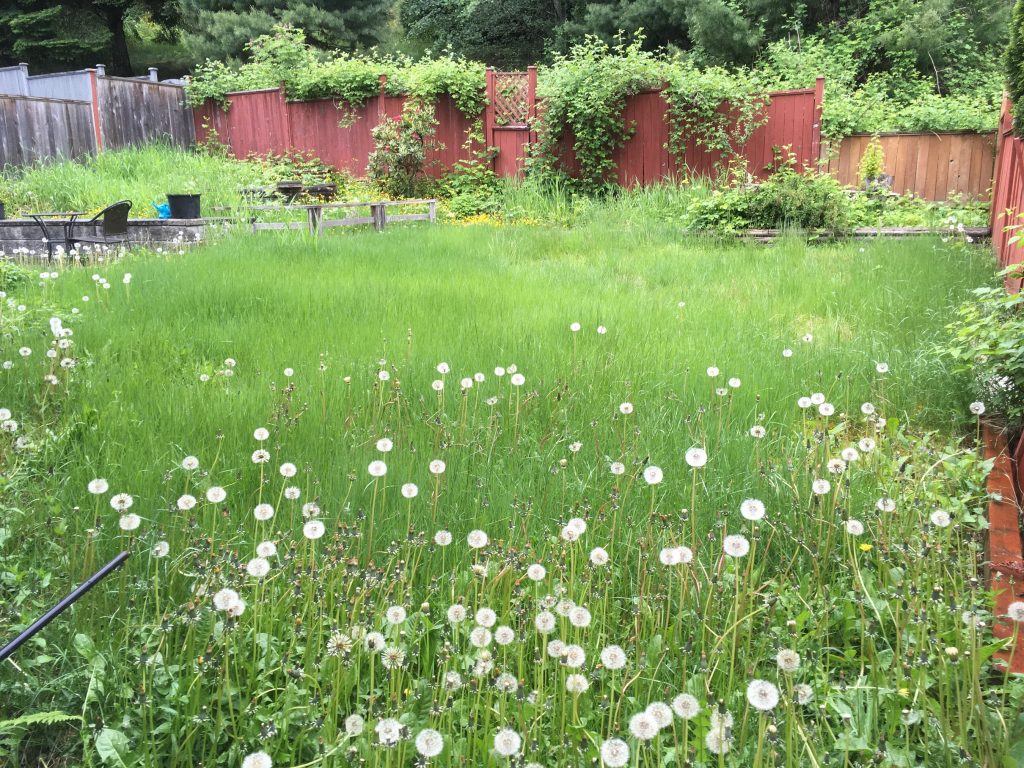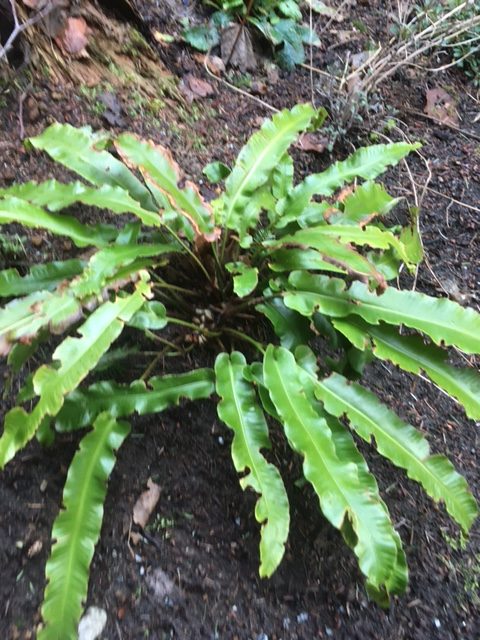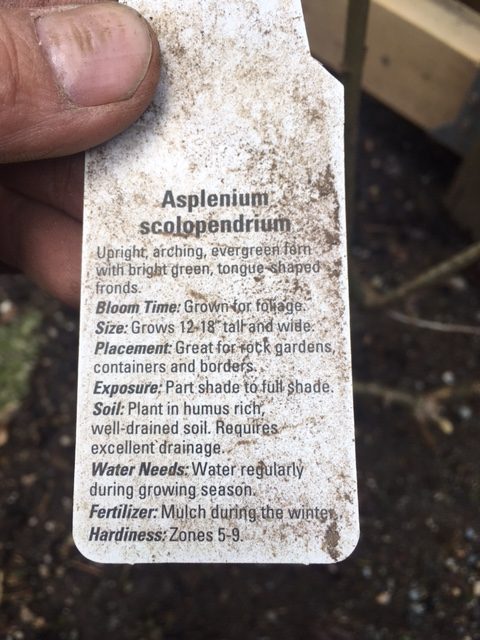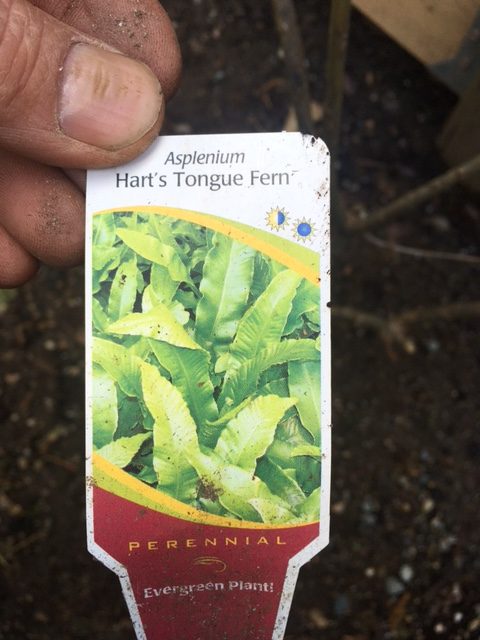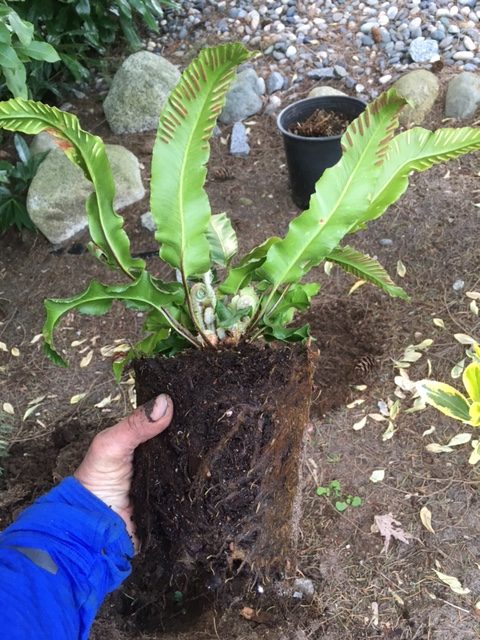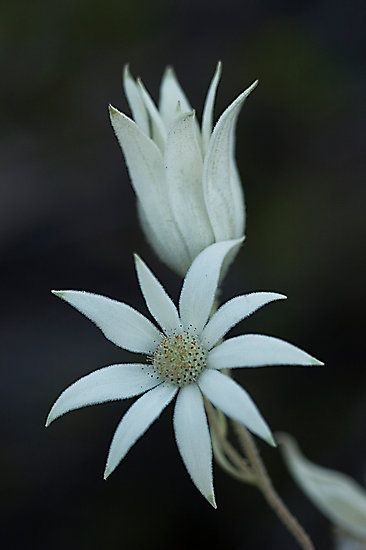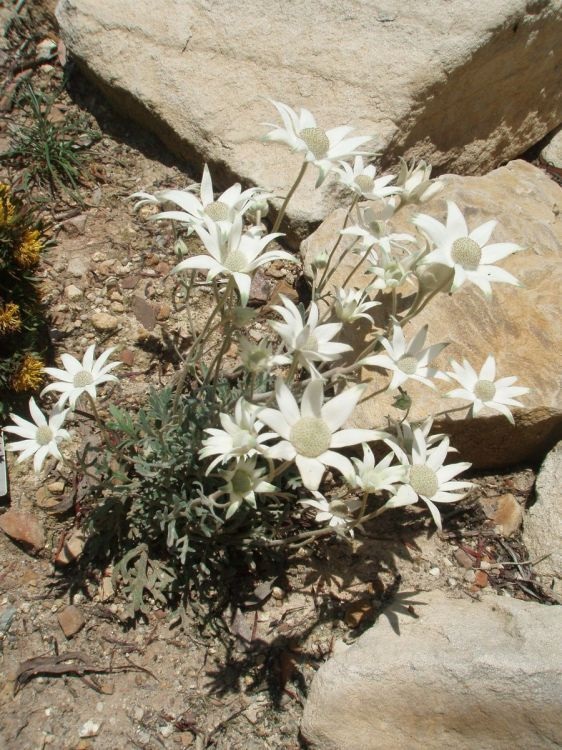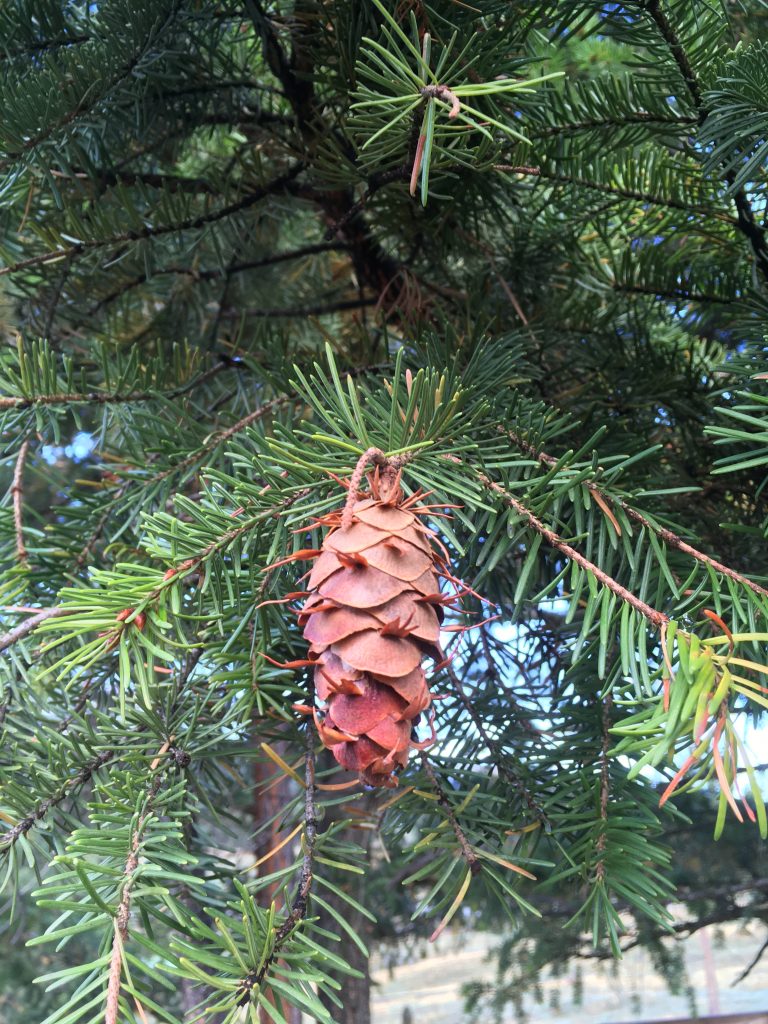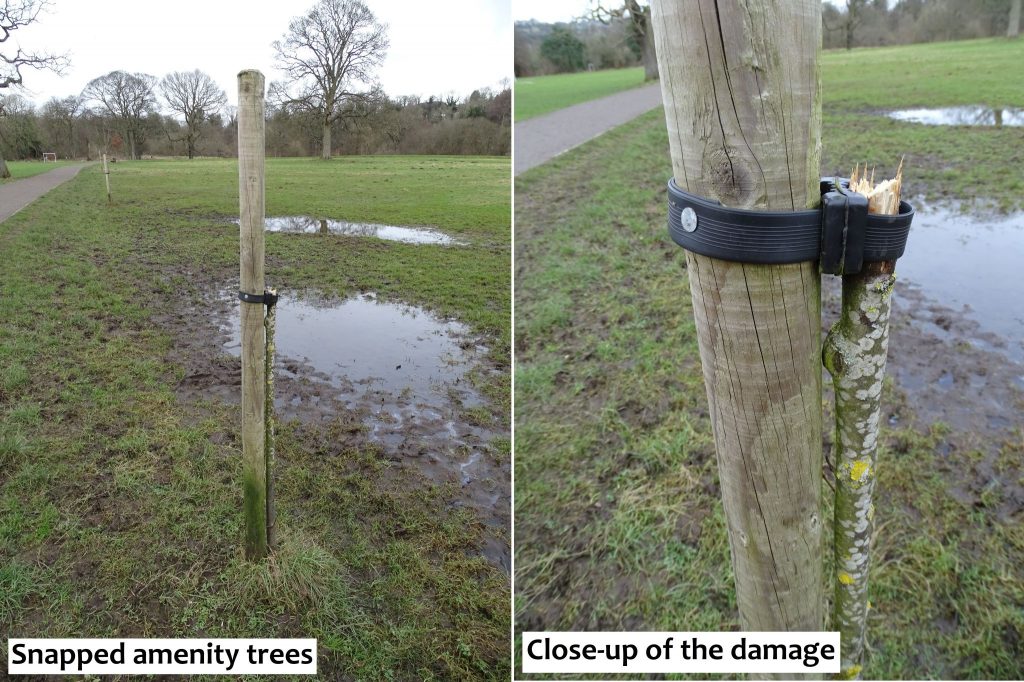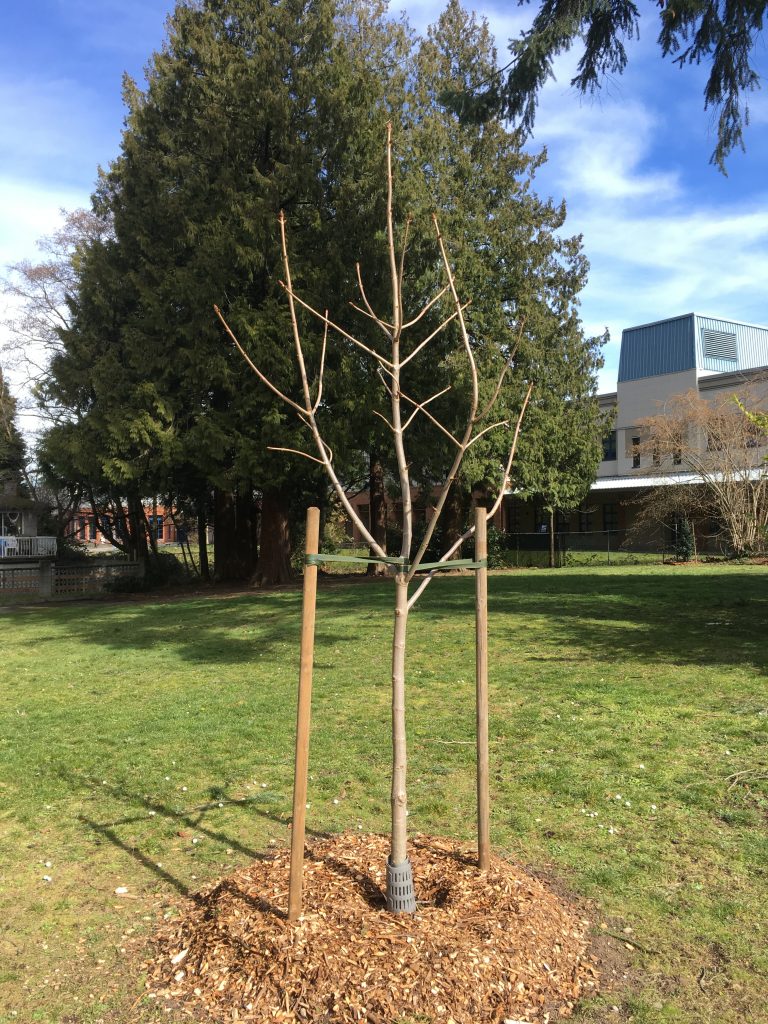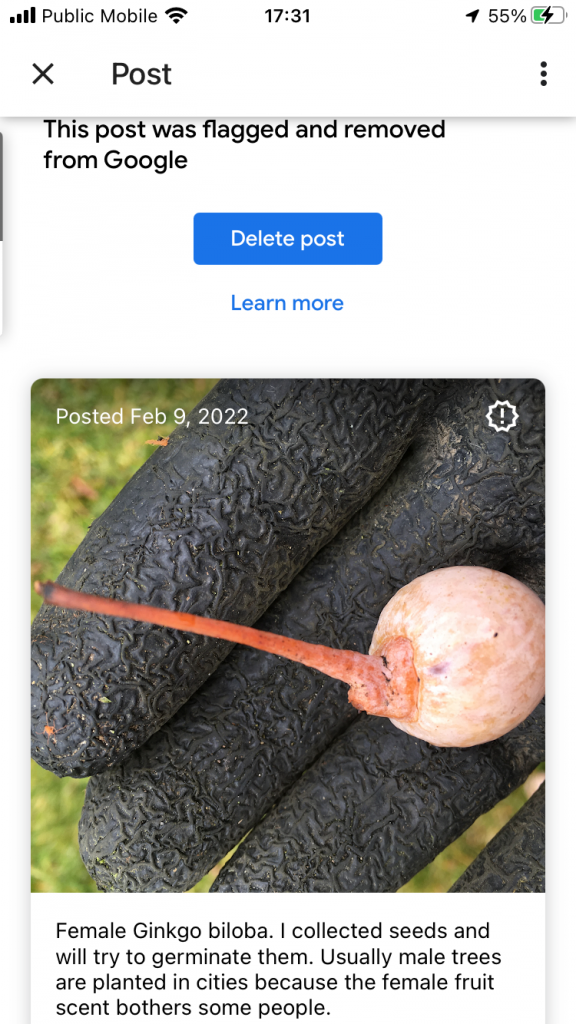A true story
There was a young cottonwood growing in between two strata (multi-family complex) units. And our young landscape foreman panicked, unsure about the plant species. It looked like a lilac (Syringa vulgaris) and he wasn’t about to prune or remove a lilac shrub.
What if the fragrant flowers go missing and the owners blame him for it. So, he let the shrub grow. Until the boss showed up and ordered him to remove it.
What struck me was the dude’s panicked face. This is the same dude who can tell good marijuana from junk full of straw; and we know he has a mobile phone with Google access. Why then is he so shy?
Let’s settle it
As soon as I heard this story, I knew I had a new blog post handed to me. So, I took some pictures and then life and work got busy. But, the idea was written down and saved for later. Which would be today, March 2022, and the blog post will get published in June 2022.
So, let’s settle this, without Google. Cottonwood (Populus trichocarpa) is a fast growing tree. At maturity it can be over 30m in height. When I photographed it, it was still a manageable baby tree; and fairly easy to remove. When cottonwoods mature, they tend to self-prune by dropping branches. Left to mature in this location, that would mean exposing families to branch bombardment.
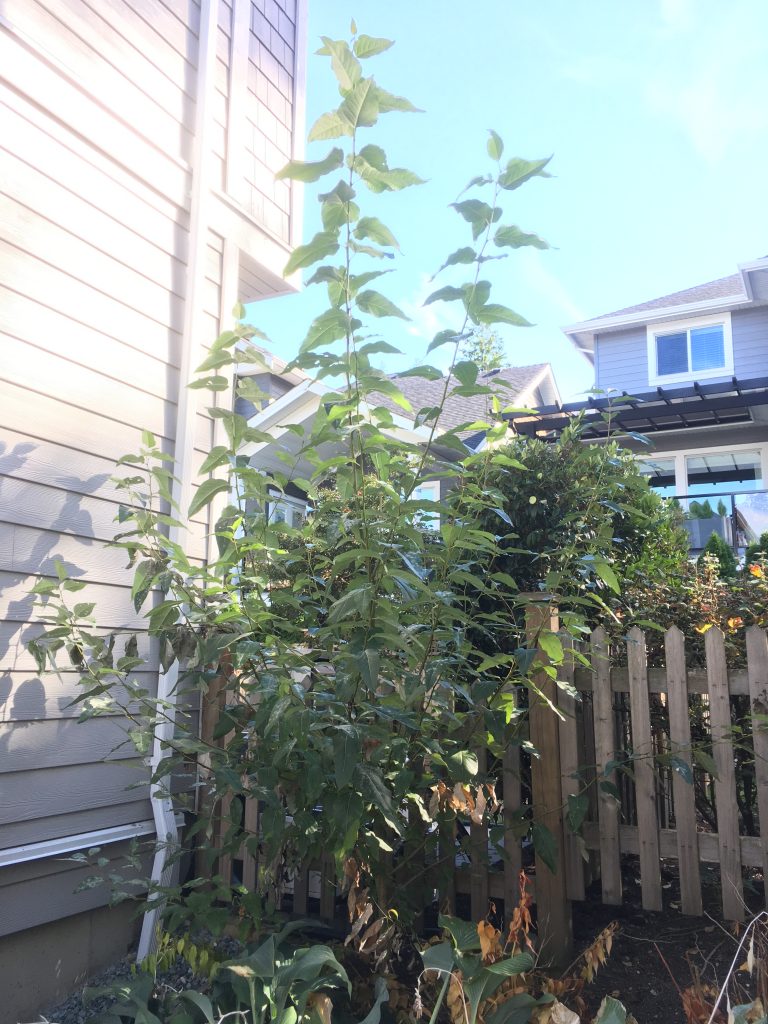
Since we don’t have pictures of flowers, the key distinction between the two species is leaf arrangement. Cottonwood trees have alternate leaf arrangement.
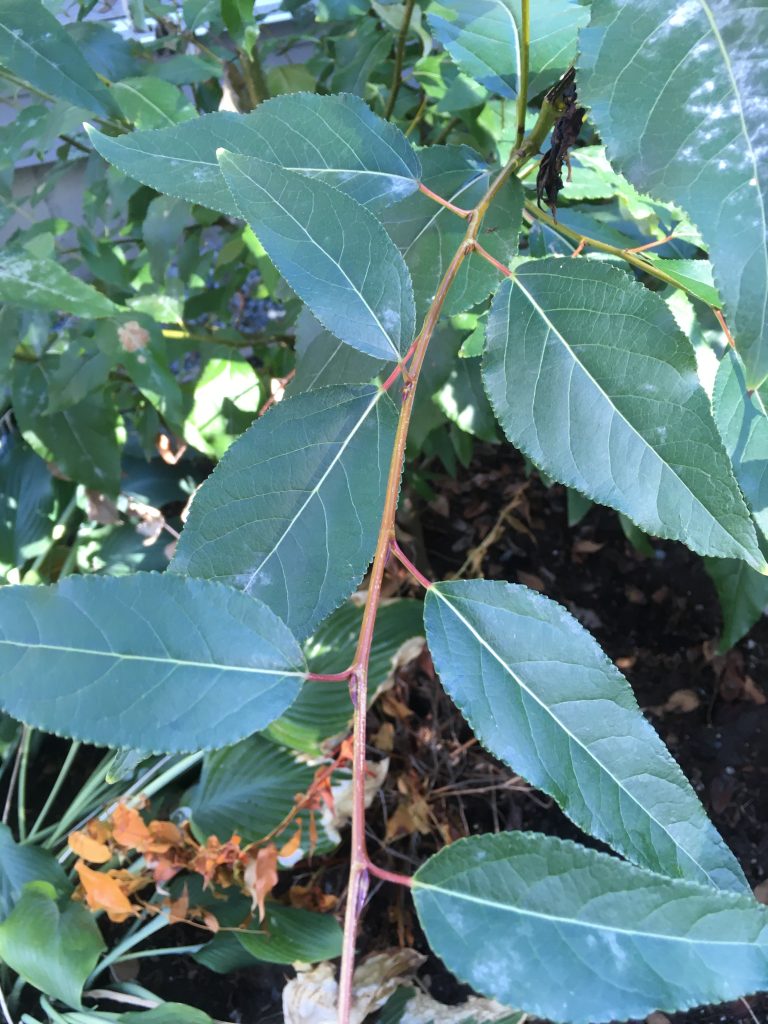
Now, when I think of lilacs, I think of shrubs with showy fragrant flowers. As a boy in Prague, I used to climb a mature lilac at my grandpa’s villa. I know the fragrance really well and still find it intoxicating.
Again, at the time, we didn’t have flowers so let’s look at lilac leaf arrangement: it’s opposite and whorled.
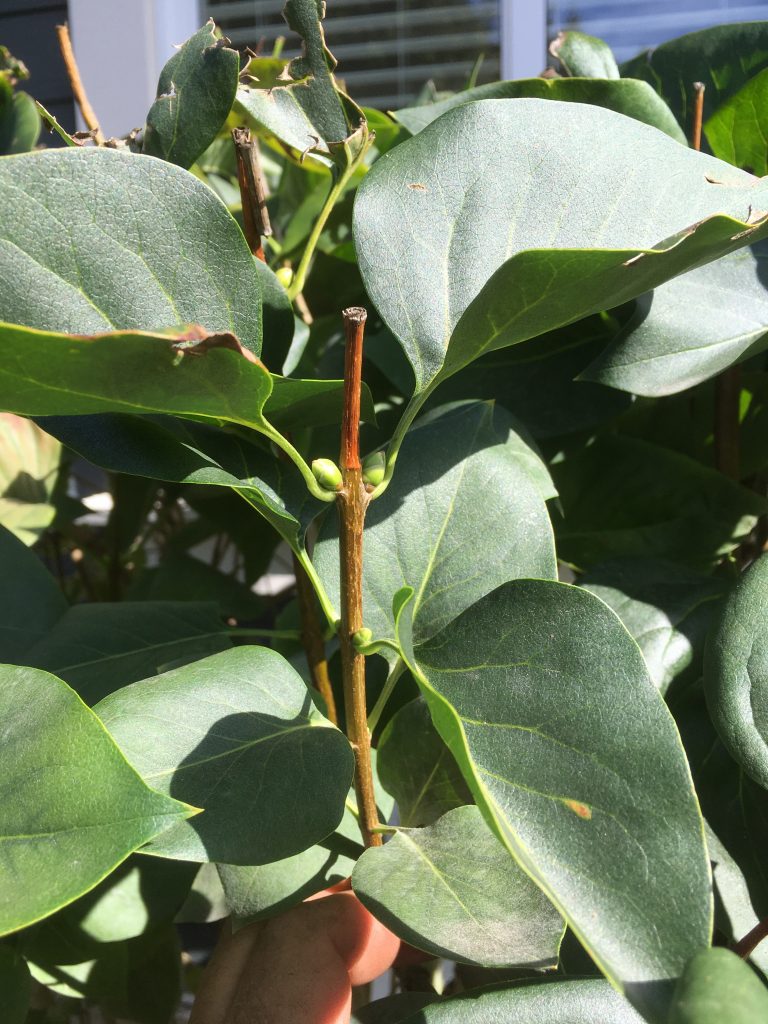
Unlike cottonwoods, lilacs don’t get as tall. They might reach something like 5-7m at maturity.
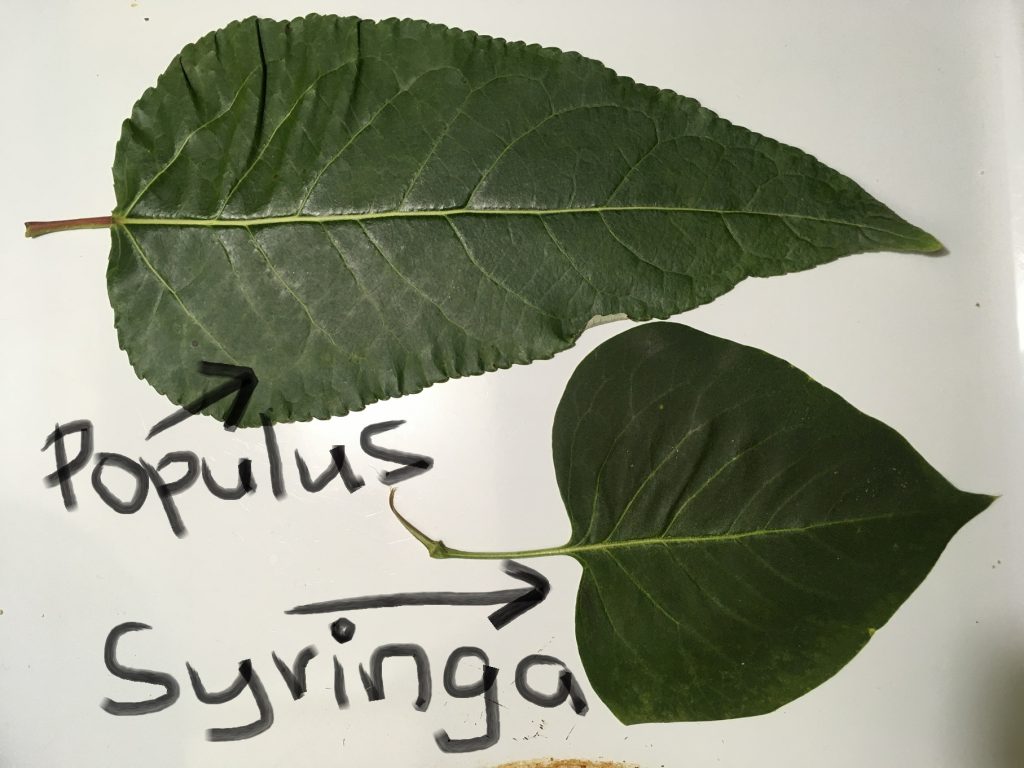
Have no fear
Let’s be honest, most people know what lilacs look like but, if you look quickly, there are some similarities between the leaves. Still, lilacs versus cottonwoods shouldn’t even come up for a landscape foreman with experience.
Have no fear! If you’re not sure about a plant species, look it up and key it out. You might learn something.




